White Peony Root – Bai Shao 白芍
$20.00
To subdue hyperactivity of the liver and relieve pain, to nourish blood and regulate menstruation, and to check excessive perspiration. For headache and dizziness; costal and abdominal pain; spasmodic pain of the limbs; anemia; menstrual disorders; spontaneous sweating and night sweating.
Out of stock
Description
Description ;
cylindrical, straight or slightly curved, two ends truncate, 5-18 cm long, 1-2.5 Cm in diameter, externally whitish or pale reddish-brown, glossy or with longitudinal wrinkles, rootlet scars and occasional remains of brown cork. Texture compact, uneasily broken, fracture relatively even, whitish or pale brownish-red, cambium ring distinct and rays radial. Odour, slight; taste, slightly bitter and sour.
Action :
to subdue hyperactivity of the liver and relieve pain, to nourish blood and regulate menstruation, and to check excessive perspiration.
Indications:
headache and dizziness; costal and abdominal pain; spasmodic pain of the limbs; anemia; menstrual disorders; spontaneous sweating and night sweating.
Referential advice :
1.Tonifying blood and astringing yin
in treating irregular menstruation, dysmenorrhea, metrorrhagia, metrostaxis, etc. Due to deficiency of blood, the drug is often used in combination with radix angelicae sinensis, rhizoma ligustici chuanxiong, radix rehmanniae praeparata, etc. In treating exterior syndrome of deficiency with spontaneous sweating and aversion to wind due to invasion of wind-cold, the drug can be used in combination with ramulus cinnamomi to regulate the nutrient and defensive systems. The drug can also be sued to treat night sweating.
2. Nourishing the liver and relieving pain
in treating pain of the chest, hypochondrium, stomach, abdomen, etc. Due to dysfunction of liver-qi, the drug is often used in combination with drugs for relieving depressed liver such as radix bupleuri, rhizoma cyperi, etc. In treating pain of the epigastrium and abdomen and spasm and pain of the limbs, the drug is often used in combination with rhizoma coptidis, radix scutellariae, radix aucklandiae, etc.
3. Nourishing yin and soothing the liver
in treating headache, dizziness, etc. Due to deficiency of liver-yin and hyperactivity of liver-yang, the drug is often used in combination with radix rehmanniae. Concha haliotidis, ramulus uncariae cum uncis, flos chrysanthemi, etc.
Tips:
the crude drug is used to astringe yin, soothe the liver and treat dysentery. The parched drug is used to nourish the liver, regulate the spleen and relieve pain. When the drug is parched with wine, its cold nature is reduced.
This statement has not been evaluated by the food and drug administration. This product is not intended to diagnose, treat, cure, or prevent any disease. Unless used under instructions by a licensed herbalist.
Additional information
| pinyin_name | Bai Shao |
|---|---|
| chinese_name | 白芍 |


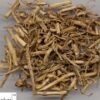
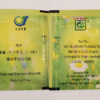
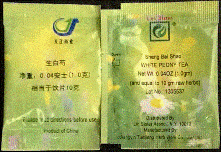
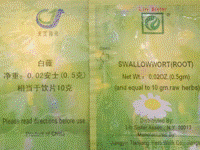
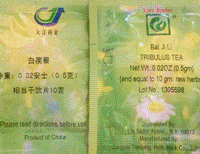
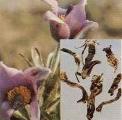
Reviews
There are no reviews yet.